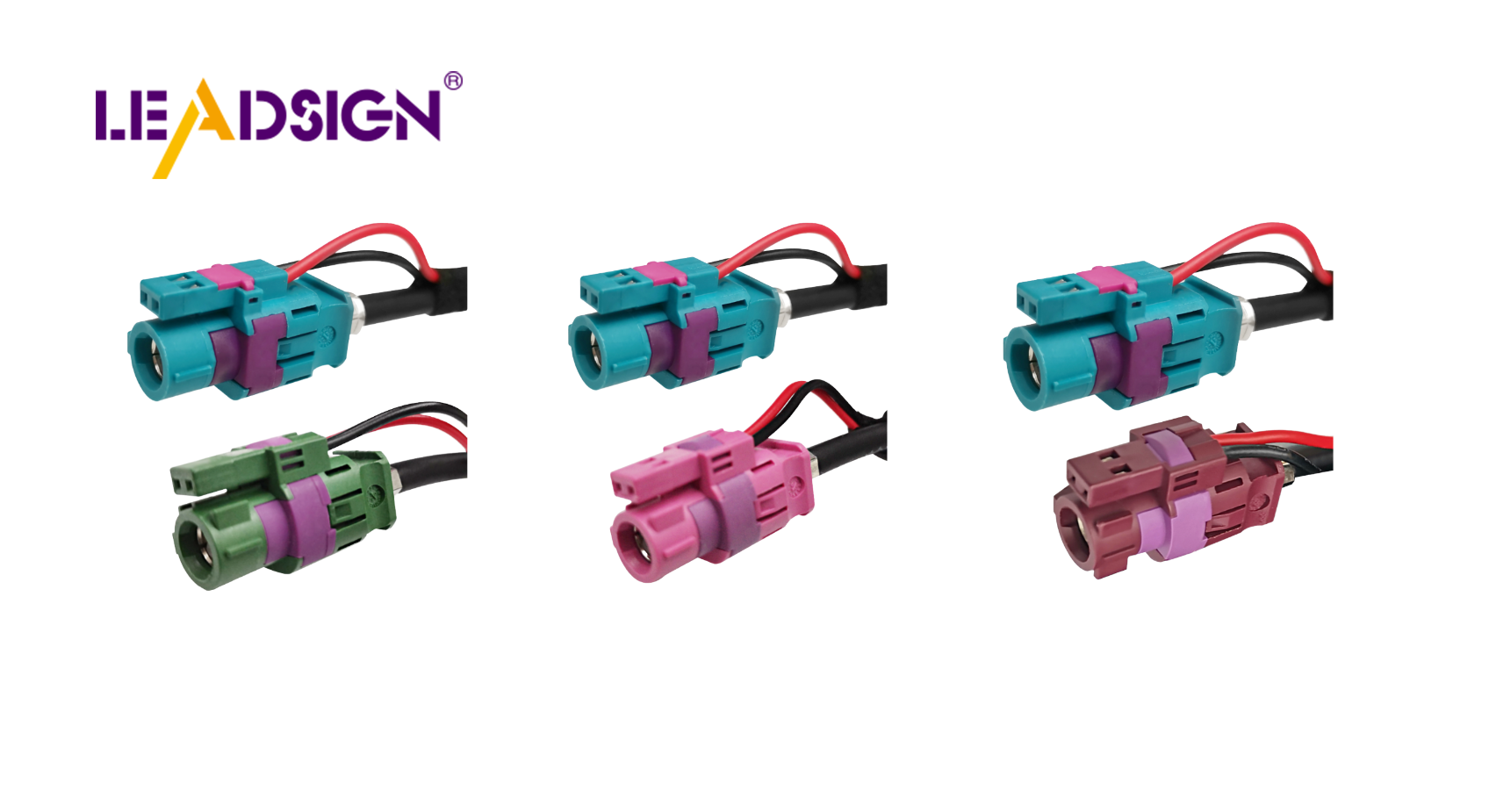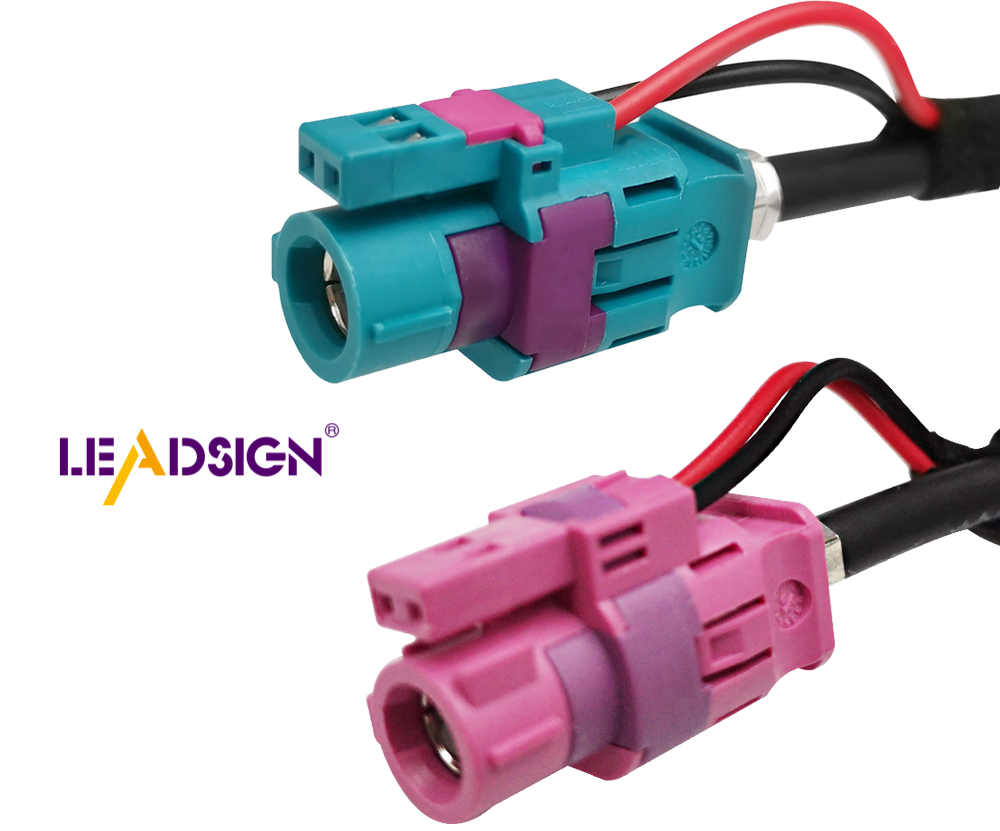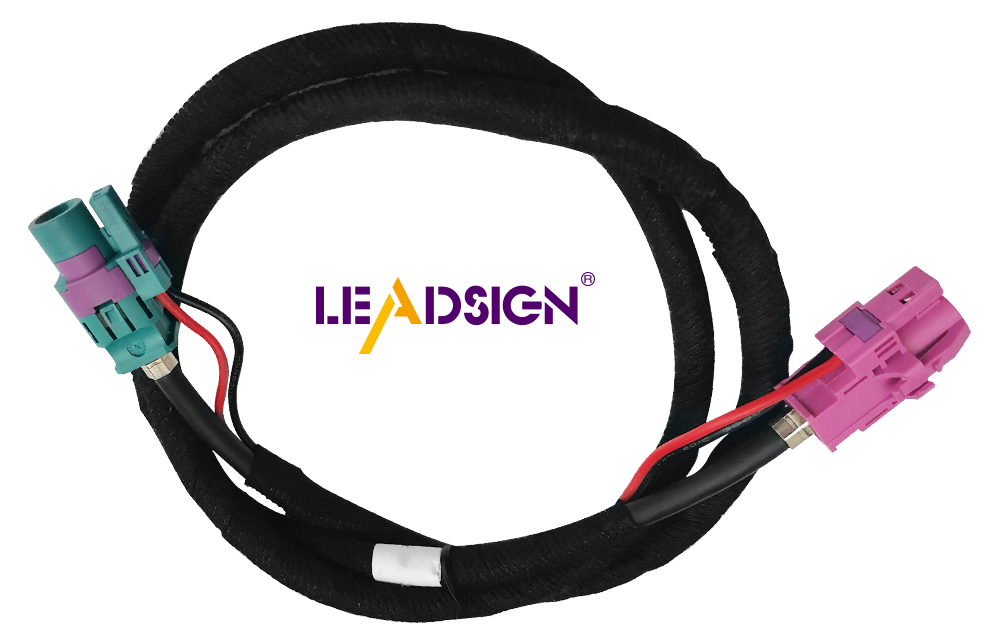High-Performance Car Wiring Wire for Vehicle Cable Applications

Choosing the right car wiring wire is crucial for safety. Poor quality wires can lead to electrical issues and even fires. They may also prevent essential components from functioning properly. High-quality car wiring wires ensure your vehicle remains safe and reliable. Durable, heat-resistant, and flexible wires are essential for harsh conditions. These characteristics enhance the performance and longevity of the wires. Utilizing the best materials improves your car's functionality and dependability.
Key Takeaways
Choosing high-quality car wiring is essential for safety and reliability, preventing electrical issues and potential fires.
Look for wires that are durable, heat-resistant, and flexible to ensure they perform well in harsh conditions.
For budget-friendly options, consider wires like BEST CONNECTIONS Automotive Wire, which offers good quality without breaking the bank.
Silicone Insulated Wire is ideal for high-temperature environments, providing strength and reliability where standard wires may fail.
Understanding wire gauge is crucial; thicker wires carry more power and are necessary for high-demand components like batteries and amplifiers.
Proper installation techniques, such as using good clamps and protective tubing, can prevent future wiring issues and enhance safety.
Regularly check and maintain your car's wiring to ensure optimal performance and longevity, reducing the risk of electrical failures.
Top High-Performance Car Wiring Wires

Picking the right car wires is very important. Knowing the best options helps keep your car safe and efficient. Below are the top choices for different needs.
Best Overall Automotive Wires
For most cars, GearIT 1/0 Automotive Wire is the top pick. It is strong and bends easily, fitting many uses. The good material helps power flow well, keeping your car running smoothly. It also handles heat well, lasting long in tough conditions.
The clamp quality of this wire is a big plus. Strong clamps stop electrical problems from happening. Whether fixing old wires or adding new ones, this wire works great. It suits both car experts and regular users.
Best Budget-Friendly Option
If you want good wires at a low price, BEST CONNECTIONS Automotive Wire is a smart choice. It works well without costing too much. It’s great for small jobs or saving money on car wiring.
Even though it’s cheaper, it has good clamp quality for safe connections. Its bendable design makes it easy to use. This wire shows you can get good results without spending a lot.
Best for High-Temperature Environments
Cars in hot places need wires that handle heat well. Silicone Insulated Wire is the best for these situations. It stays strong even in very hot conditions. It’s perfect where normal wires might fail.
The clamp quality keeps connections tight, avoiding problems. It’s also easy to install, even in small spaces. If your car faces high heat, this wire is a must for safety and performance.
Best for Flexibility and Easy Setup
If you need flexible wires, Silicone Insulated Wire is great. Its special design lets you bend it easily. You can fit it into tight spots without trouble. This makes it perfect for tricky wiring jobs. It works well for both small cars and big vehicles.
The silicone cover makes it strong and long-lasting. It handles shaking and stays in good shape for years. Both car experts and beginners like it for quick and easy setups.
Main Advantages of Silicone Insulated Wire:
Very Flexible: Fits into hard-to-reach places with ease.
Strong Coating: Stays tough in rough conditions and constant use.
Easy to Use: Saves time and effort during wiring work.
"Car wires are key parts of a vehicle's electrical system." This shows why picking easy-to-use, quality wires is important.
For simple and safe wiring, Silicone Insulated Wire is a smart pick. Its easy handling makes it a favorite for anyone wanting good results fast.
Key Features to Look for in Car Wires
Picking the right wires for your car is important. Knowing key features helps keep your car safe and working well.
Material Quality
The wire's material affects how well it works. Good materials last longer and conduct electricity better. Copper is a top choice because it conducts electricity well and doesn’t rust. Aluminum is cheaper but not as good as copper.
Look for wires with strong insulation for extra safety. Automotive Wire Loom Tubing protects wires and keeps them organized. This tubing, made from tough polyethylene, lowers fire risks and prevents damage. It also makes finding wires easier during repairs.
"Good materials keep your car's wiring safe and reliable."
Buying wires with high-quality materials means better performance and fewer replacements.
Heat Resistance
Heat resistance matters, especially in hot places. Wires that can’t handle heat wear out fast. Silicone-insulated wires are great because they stay strong in high heat.
For extra safety, try F6’s PET Expandable Sleeving. Its braided design protects wires from heat but stays light and bendable. It’s easy to use since it wraps around wires without clips.
Heat-resistant wires and covers help your car work well in tough conditions.
Flexibility and Durability
Flexible wires are helpful in tight spaces or tricky setups. They bend easily, making installation simple. Silicone-insulated wires are very flexible and fit into small areas.
Durability is also key. Wires should handle shaking, wear, and weather. F6’s PET Expandable Sleeving adds strength by shielding wires from damage. Its split design makes bundling wires easy and neat.
"Strong and bendable wires make setup easy and last longer."
Choosing flexible and durable wires saves time and reduces future repairs.
Wire Gauge and Current Capacity
Knowing about wire gauge helps pick the right car wires. The gauge shows how thick the wire is. Thicker wires (lower numbers) carry more power. Thinner wires (higher numbers) are for smaller jobs. Picking the right gauge keeps your car safe and working well.
Always match the wire gauge to the job it needs to do. Big devices like amplifiers need thicker wires for more power. Thin wires can overheat and cause damage or fires. Using wires that are too thick can be harder to install and cost more.
Here are some tips to help you choose:
Check Power Needs: Look at the amp rating of the device. This tells you the right gauge.
Measure Wire Length: Long wires lose power, so thicker ones may be needed.
Use Helpful Tools: A wire gauge chart makes picking the size easier.
For safety, use Automotive Wire Loom Tubing to protect wires. It keeps them safe from damage and fire risks. It also helps organize wires for easy repairs. Another good choice is F6’s PET Expandable Sleeving. It’s light, strong, and easy to install without clips.
Securing wire ends is just as important as picking the gauge. Use good clamps and terminals for strong connections. Clamps should fit the wire size tightly. Terminals must match the wire type for safe use.
"The right wire gauge keeps your car safe and efficient."
By learning about wire gauge, you can make smart choices. This helps your car work better and last longer.
How to Pick the Right Wire for Your Car
Understanding Your Car’s Wiring Needs
Knowing your car's wiring needs is the first step. Each car has different electrical needs based on its parts. Start by figuring out what the wire will do. For example, wires for batteries or headlights need more power than wires for small gadgets.
Think about where the wire will go in the car. Wires near the engine must handle heat well. Wires in wet or dirty areas need strong covers to stay safe. Measure how long the wire needs to be. Longer wires might lose power, so thicker ones may work better.
"Understanding your car's wiring needs keeps it safe and working well."
By checking these things, you can pick the best wire for your car.
Choosing the Right Wire Features
Picking the right wire features is important for good performance. Look at three main things: material, size, and cover. Copper wires are great because they carry power well and last long. They are perfect for important parts like the battery.
Pick the right size based on how much power is needed. For example, a car battery needs thick wires to handle charging power. Use a size chart to find the right one. Longer wires might need to be thicker to avoid overheating.
The wire cover matters too. Silicone covers are good for hot areas, while plastic ones are tough for rough spots. Make sure the cover matches where the wire will go. Strong covers protect wires from damage and keep them working longer.
"Choosing the right wire features makes your car safer and better."
By matching the wire to your car's needs, you get better and longer-lasting results.
Easy Tips for Installing Wires
Installing wires the right way keeps your car safe. First, measure how long the wire should be. Don’t use wires that are too short or too long. Cut the wire to the right size and carefully remove the outer layer to show the metal inside.
Use good clamps and ends to hold the wire tightly. Tight connections stop power loss and overheating. Cover the wires with protective tubing to keep them safe and neat. If your car battery is low, check all connections to avoid problems.
Keep wires away from moving parts or hot areas. Use ties or clips to hold them in place. Test everything after you’re done to make sure it works. If you’re not sure, ask an expert to help.
"Good wiring keeps your car safe and its parts working well."
Following these steps makes wiring easy and helps avoid future problems.
Testing and Performance Insights

How Automotive Wires Are Evaluated
Car wires go through tough tests to meet vehicle needs. These tests check safety, strength, and how well they work in different conditions. Makers test wires to see if they handle power, resist damage, and work reliably.
A big part of testing is compliance with industry standards. Rules like SAE J1128 and ISO 6722 set quality levels for wires. Wires passing these tests can handle heat, chemicals, and stress. This proves they can survive tough car environments.
Another test checks electrical resistance. Good wires with low resistance save power and avoid voltage drops. This helps your car's electrical parts, like lights and sensors, work well. For example, low-resistance wires keep power steady for important systems.
Insulation tests are also very important. Good insulation keeps wires safe from heat, water, and wear. It stops short circuits and fires. Makers test insulation by putting wires in extreme conditions to ensure safety over time.
"Wires passing these tests give you safety and long-lasting use."
Picking wires that pass these tests keeps your car's wiring safe and strong.
Real-World Performance Metrics
Real-world tests show how wires work outside labs. These tests check strength, energy use, and how they fit in cars.
One key measure is ampacity, which shows how much power a wire can carry without overheating. Choosing wires with the right ampacity ensures they handle your car's power needs. For example, high-ampacity wires are great for amplifiers or motors.
Wire length affects performance too. Long wires can lose power, so thicker ones are better for long distances. This keeps power steady across the car.
Durability tests check if wires handle shaking, heat changes, and chemicals. Strong wires stay good even in tough spots. For instance, silicone-insulated wires work well in heat, and polyethylene tubing protects against wear.
Energy efficiency is also checked. Low-resistance wires save energy and reduce strain on the car's system. This boosts performance and helps parts last longer.
"Real-world tests show why picking the right wires matters."
Knowing these tests helps you choose the best wires for your car.
Picking the right car wires keeps your vehicle safe and working well. Good wires last longer and lower risks in key systems like the battery. Whether you need heat-resistant, bendable, or low-cost wires, choosing wisely helps your car run better. Always pick wires that match your car’s needs. Tools like a jump starter or emergency kit can help in surprises. Using strong and reliable wires makes sure your car stays dependable anywhere.
FAQ
What does automotive wiring do in a car?
Automotive wiring connects all the electrical parts in a car. It powers things like lights, sensors, and the engine system. In newer cars, it also supports features like touchscreens and safety tools. Without good wiring, these systems won’t work well.
"The wiring harness sends power and signals to all car parts," making it very important for basic and advanced functions.
How can I pick the right wire gauge for my car?
The wire gauge depends on the power needed by the part. Thick wires (low gauge numbers) carry more power, while thin wires (high gauge numbers) are for smaller tasks. For example, a car battery needs thick wires, but a small sensor can use thin ones. Check the device’s amp rating and use a gauge chart to choose correctly.
Why do car wires need to resist heat?
Heat resistance helps wires work in hot areas like near the engine. Wires that can’t handle heat may break and cause problems. Silicone-insulated wires are great because they stay strong in high heat.
"Heat-resistant wires keep your car working in tough conditions," especially in places with big temperature changes.
What are the advantages of flexible wires in cars?
Flexible wires are easy to install in tight spaces. They bend without breaking, which is helpful for tricky setups. Flexibility also stops wires from wearing out as the car moves. This makes them last longer and work better.
Why is labeling wires important for car maintenance?
Labels make it easy to find and fix problems. Mechanics can quickly spot the issue, saving time and money. Organized wires also reduce mistakes during repairs, keeping your car reliable.
"Labeled wires help mechanics find and fix problems faster," saving effort and cost.
Can I use any wire in my car?
No, not all wires are safe for cars. Car wires must be strong, heat-resistant, and flexible. Using the wrong wire can cause failures or fires. Always pick wires made for cars to stay safe and ensure good performance.
How can I protect my car’s wires from damage?
Use covers like wire tubing or sleeving to protect wires from heat and wear. These covers also keep wires neat and easy to fix later. Keep wires away from moving parts and secure them with clips to avoid damage.
What does the wiring harness do in electric cars?
In electric cars, the wiring harness is very important. It connects the battery, motor, and sensors to share power and information. It also supports features like energy-saving brakes and performance tracking. A good harness makes electric cars work better and last longer.
How are car wires tested for quality?
Car wires are tested for strength, heat resistance, and power flow. These tests make sure they meet rules like SAE J1128 or ISO 6722. Good wires have low resistance, strong insulation, and can handle tough conditions.
"Wires that pass these tests are safe and last long," making them a smart choice for your car.
What happens if I use the wrong wire in my car?
Using the wrong wire can cause overheating, power loss, or even fires. It might also make parts stop working, hurting your car’s performance. Always match the wire type, size, and cover to your car’s needs to avoid these problems.
See Also
Maximizing Data Flow in Vehicles With Superior Connectors
Boosting Automotive Data Transfer Through Fast Connectors
Improving Vehicle Data Transfer Using FAKRA PCB Connectors
Elevating Vehicle Efficiency With HSD to USB 2.0 Cables
Benefits of FAKRA-Mini Connectors for Automotive Applications

